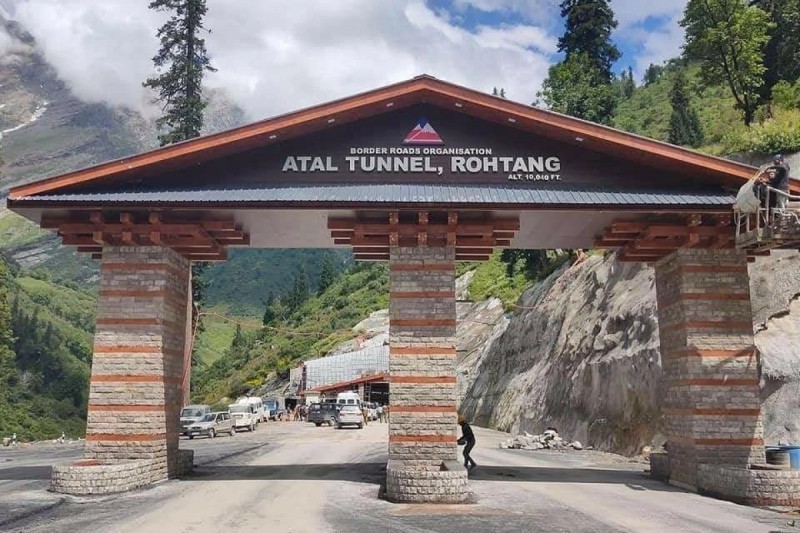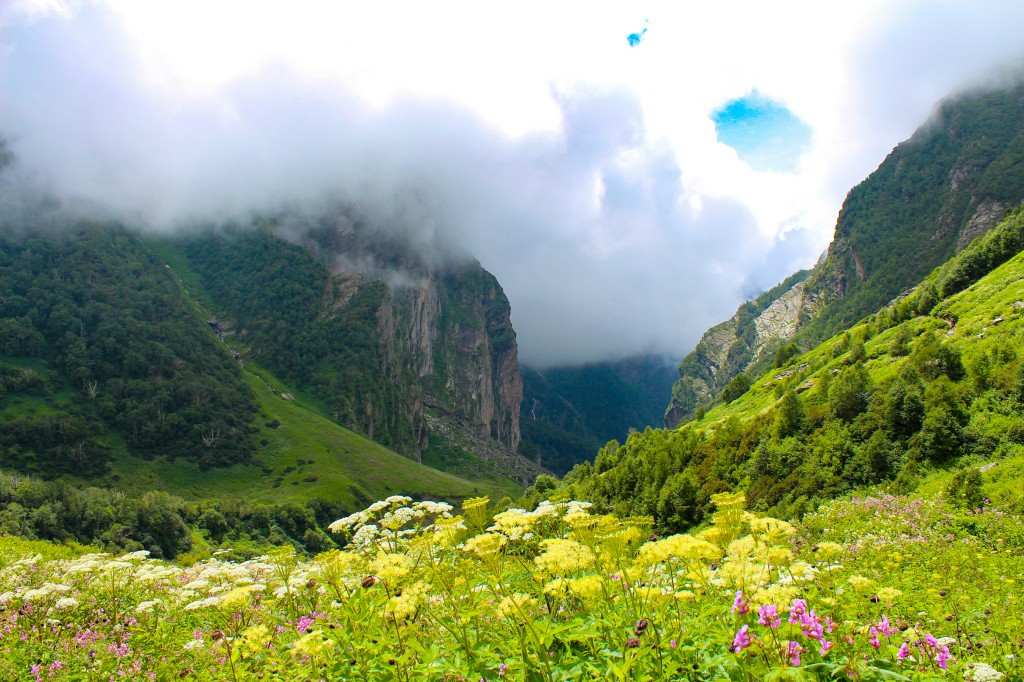Nothing has ever been able to stop India from achieving milestones one after the other. Adding one more feather to its cap, the world’s longest high altitude tunnel, Atal Rohtang Tunnel, named after the renowned politician and former PM Atal Bihari Vajpayee, is all set to make its debut at the starting of October 2020.
Measuring 9 kilometers in length as per the GPS, this project spans over a period of about 30 years taking the research study, design, planning, and execution into consideration. While the study dates back to the year of 1990, the original research report was submitted in 2004. It was only by 2006 that the plan of action was finalized, post which the construction began in 2010.
While the foundation stone was being laid by Sonia Gandhi – the chairperson of UPA, the Atal Rohtang Tunnel set at a height of 10,000 feet will be inaugurated by the current PM of India, Mr. Narendra Modi. Located at the foothills of the Pir Panjal range, this BRO-led project got completed in September 2020 instead of the earlier estimated deadline of May 2020 due to the pandemic.
Despite the lockdown, this project seems to be all set to welcome the travelers in a matter of just three months’ delay. To get a better understanding of what the tunnel has to offer, check out the tunnel’s features, advantages, and the challenges faced by Borders and Roads Organisation while executing this high-end project.
Also Read: Maharashtra Makes Travel Safe & Exciting, Rolls Out Caravan Tourism
Features Of The Atal Rohtang Tunnel
- New bridges have been built on the rivers that lead to the tunnel.
- Snow galleries have been constructed to provide easy access to the tunnel from Manali under all weather conditions.
- The emergency tunnel has also been built under the prime tunnel for the vehicles to exit immediately in case of unforeseeable events.
- There is one telephone in a gap of every 150 meters, i.e., 60 phones approximately.
- The tunnel features one fire hydrant in a gap of every 60 meters, i.e., 150 fire hydrants approximately.
- There will be one emergency exit in a gap of every 500 meters, i.e., 18 exits in total.
- A total of 9 air quality monitors are expected to be installed at a gap of every kilometer.
- CCTV cameras with automatic accident detection and broadcasting system installed at a gap of every 250 meters.
- The tunnel will also feature a turning cavern in the gaps of every 2.2 km.

Advantages Of Atal Rohtang Tunnel
- Primarily, this tunnel will ease the access to Leh from Manali as it will reduce the distance by a margin of 46 km.
- The Atal Tunnel will now be an active alternative to the famous Rohtang Pass.
- The travel time from Manali to either Lahaul or Spiti Valley will now be reduced from 5 hours to less than 15 minutes now.
- The tunnel will provide easy accessibility to the main regions not only to the locals but also to the Army soldiers posted in Spiti Valley and Lahaul under all weather conditions.
Also Read: Taj Mahal Reopens for Visitors – Here’s What You Need To Know
While cutting through hard and different kinds of rocks is not an easy task for the BRO to perform under extreme weather conditions, the team also had to face a lot of natural obstacles that disrupted the construction on site. Making their way through those stumbling blocks, at the end of this successful project, the Atal Rohtang Tunnel will now be able to embrace the mobility of close to 3000 cars and 1500 trucks on a daily basis. While this is still subject to the conditions that will prevail post the Covid-19 era, the travel bug is sure to bite many as soon as this tunnel is inaugurated. Excited much?









One thought on “Atal Rohtang Tunnel: The World’s Longest High Altitude Tunnel Worth INR 4000 Crore Is All Set To Make Its Debut”